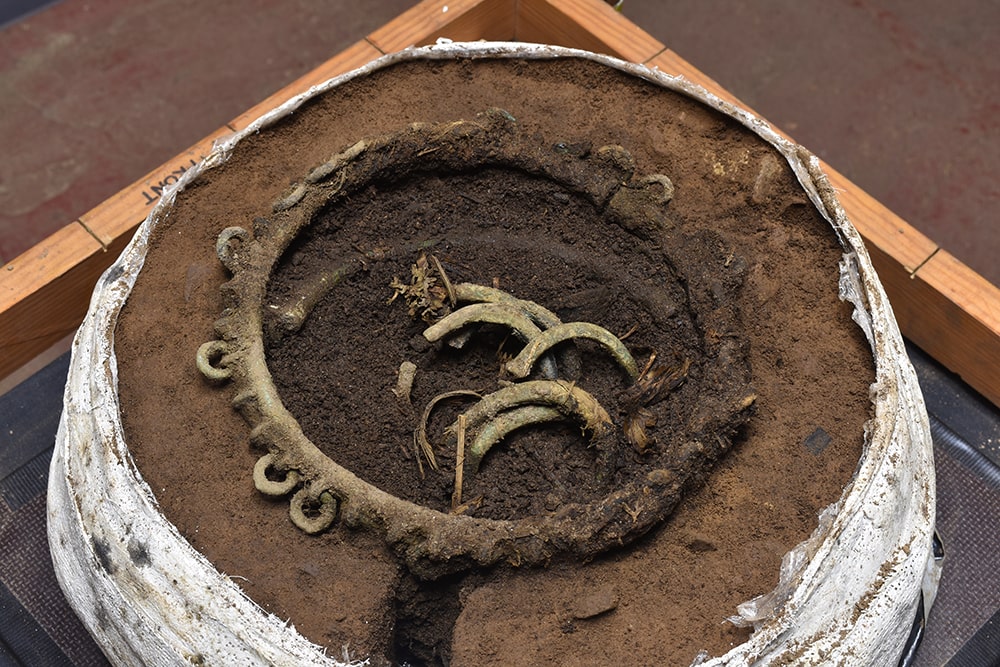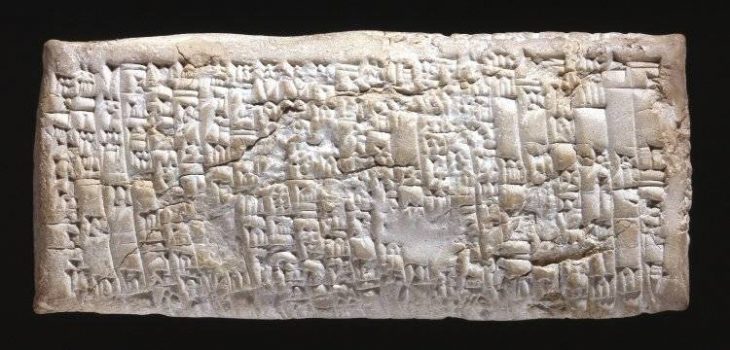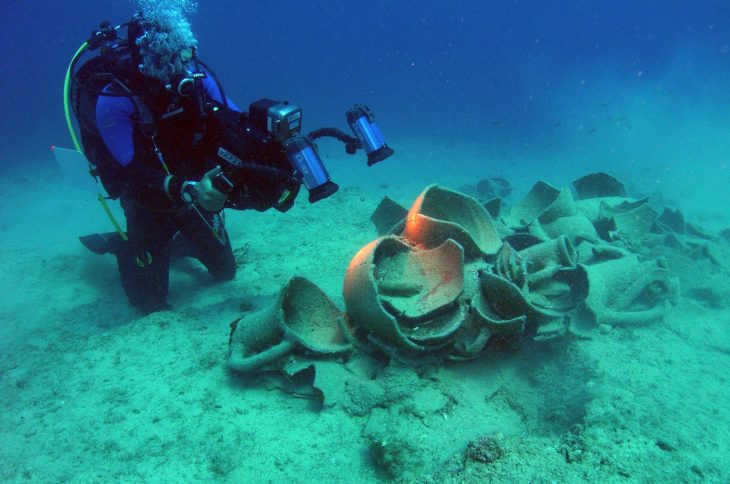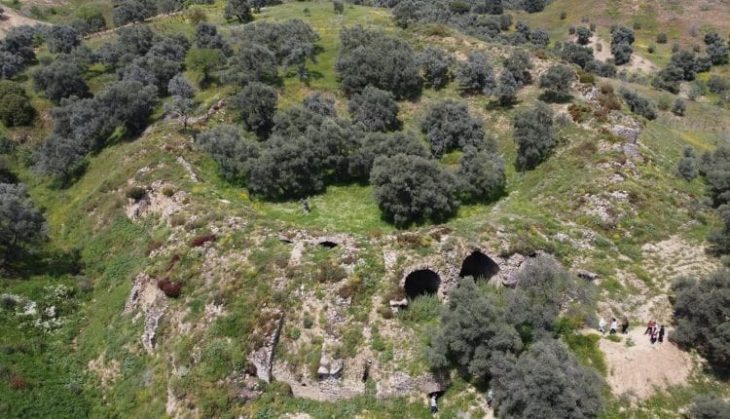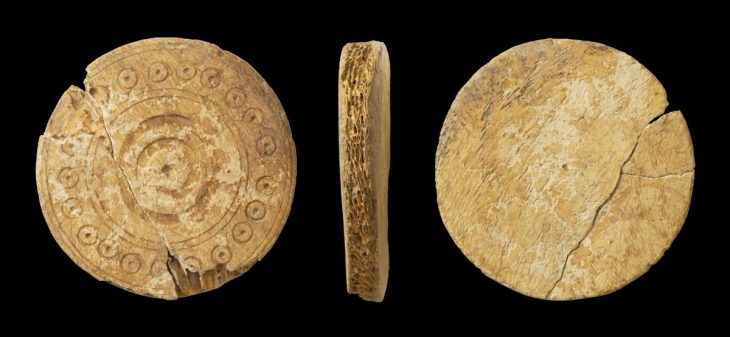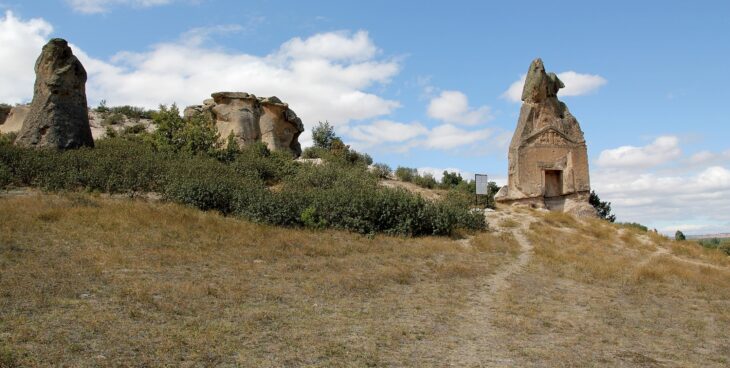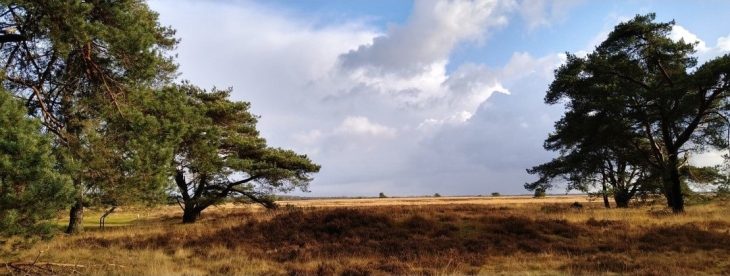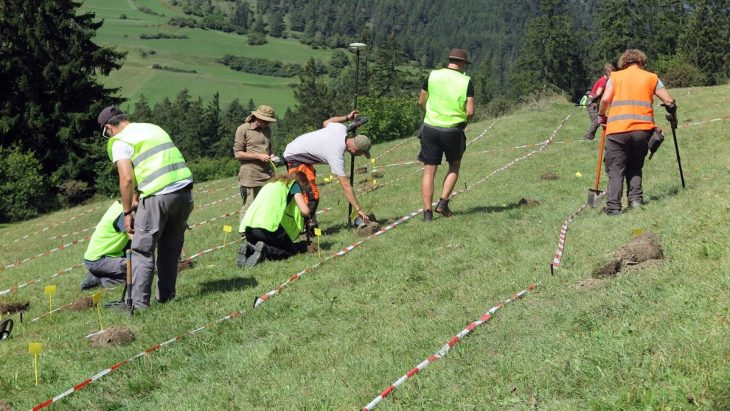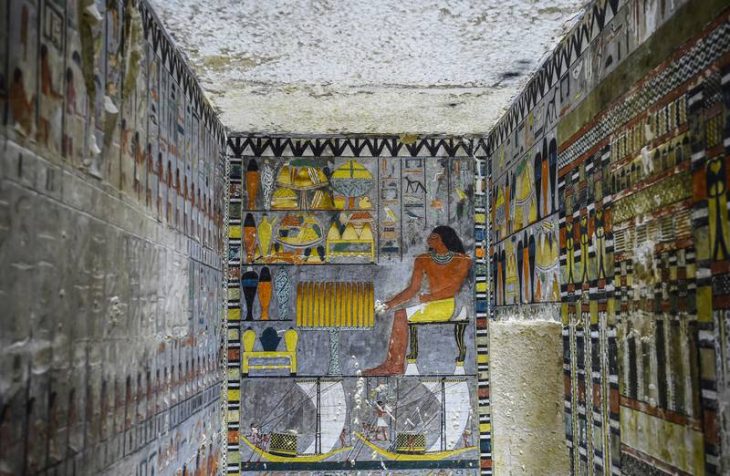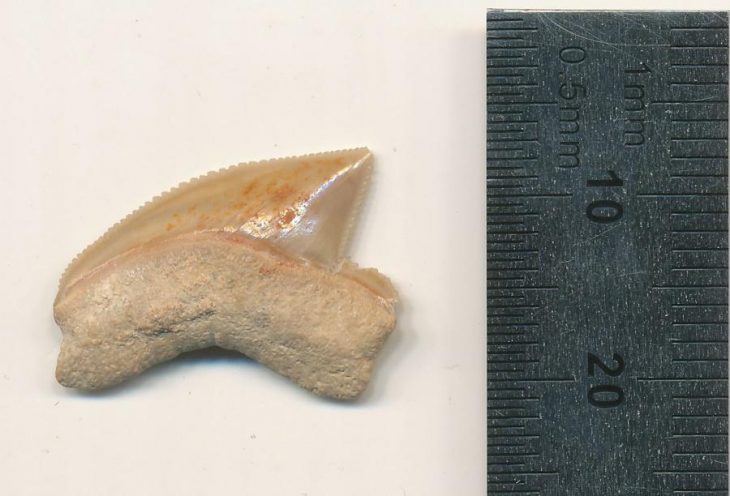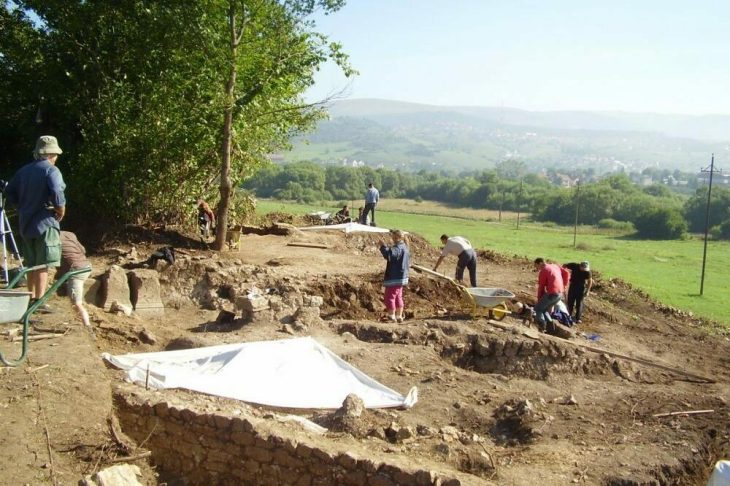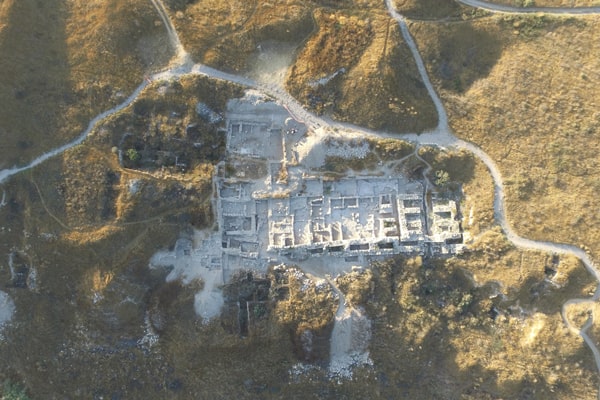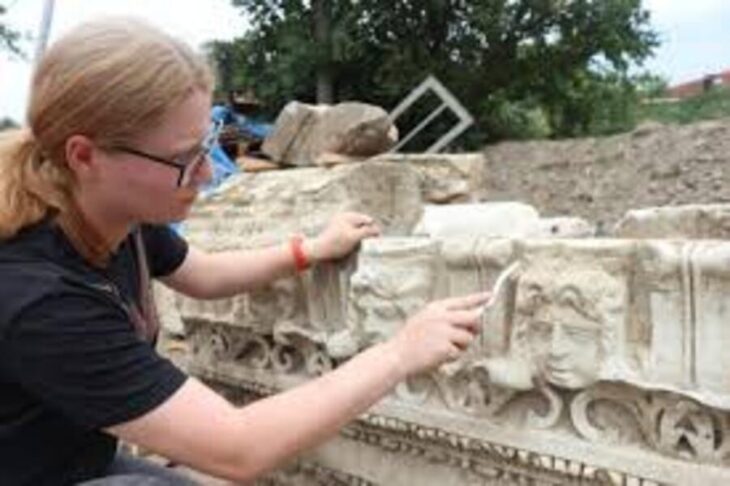Recent laboratory investigations of the Rosemarkie find, unearthed during the Black Isle housing development at Greenside in Rosemarkie, Highland Scotland, have revealed rare organic plant remains intertwined with nine bronze bracelets and necklaces buried around 1000 BC.
This remarkable find provides invaluable insights into the lives, beliefs, and practices of Bronze Age highlanders.
The hoard is particularly noteworthy because it was found in the middle of a Bronze Age village that included at least six roundhouses and a Bronze Age cist grave, rather than being an isolated find with little context to explain it.
Altogether GUARD Archaeology’s analysis will add to what they have gleaned from another Bronze Age hoard they excavated in Carnoustie on the east coast of Scotland, also found within a Bronze Age village, which may altogether reveal aspects of Bronze Age culture apparent across Scotland.

The laboratory excavation revealed a complete neck ring, a partial neck ring, six penannular (incomplete ring) bracelets, and one cup-ended penannular bracelet. These artifacts were intertwined with fibrous cords that had survived the 3000-year interment, showcasing the intricate craftsmanship of the time.
As per the GUARD Archaeology report, preserving these organic materials holds great significance since they offer a unique glimpse into the techniques employed to join these artifacts.
“The recovery of the artifacts was successfully carried out under the controlled conditions necessary to preserve these highly significant objects, particularly the very delicate organic cords that tether some of the objects together,” said Rachel Buckley, who led the laboratory excavation.
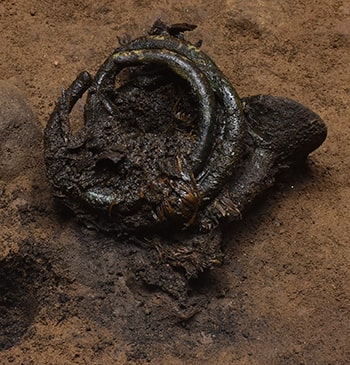
“Where bracelets were held together with organic material, these were recovered as a group to allow further detailed study. While there are other examples of hoards where it has been postulated that items were bound together due to their positioning, the vegetation in the Rosemarkie hoard has survived for approximately 3000 years, proving that these artifacts were held together.”
The anti-microbial properties of copper in the bronze likely contributed to the preservation of these materials, as the corrosion products from the copper adhered to the organics, protecting them from decay.
In order to determine why the hoard was buried here, GUARD Archaeology will investigate the numerous lines of evidence in more detail over the coming months. Because the shallow pit was filled once and only holds the hoard, the archaeologists surmise that the burial was intentional and may have been meant as temporary storage. Evidence from the nearby settlement may help determine whether the hoard and the settlement were abandoned at the same time.
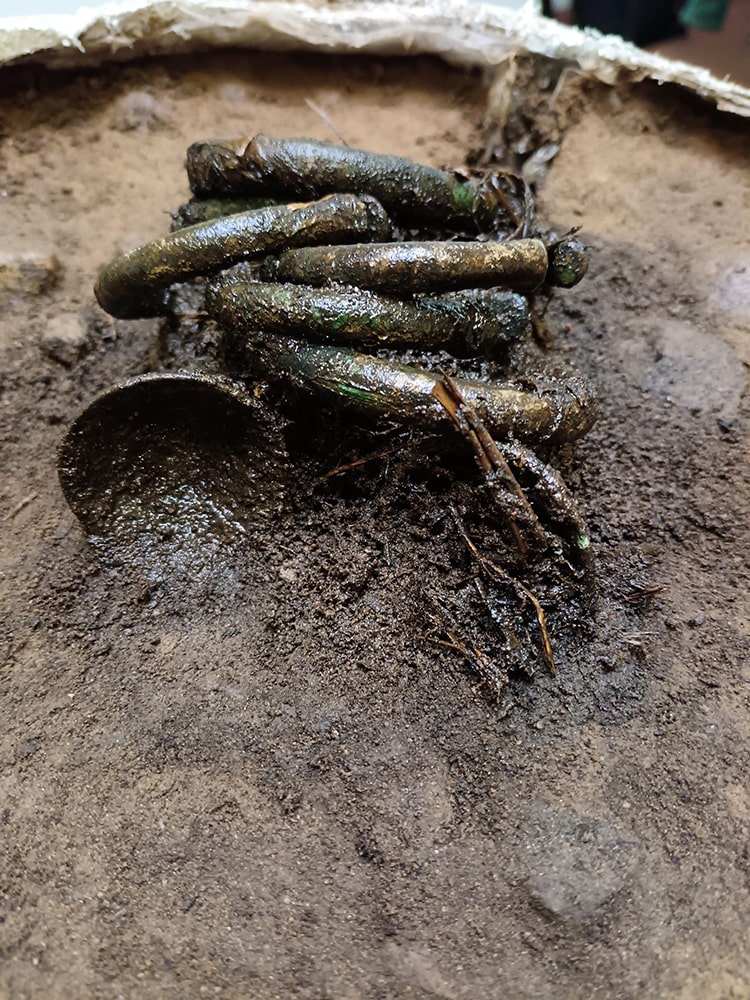
Educational initiatives have also been made possible by the archaeological work, which Pat Munro (Alness) Ltd funded as part of Highland Council’s planning consent conditions. Senior Manager of Pat Munro Homes, Hamish Little, expressed excitement about educating students at Fortrose Academy about the historical significance of the hoard. A permanent feature that tells the story of this discovery, encourages community involvement, and informs visitors about Rosemarkie’s Bronze Age past is being planned.
Cover Photo: Guard Archaeology

